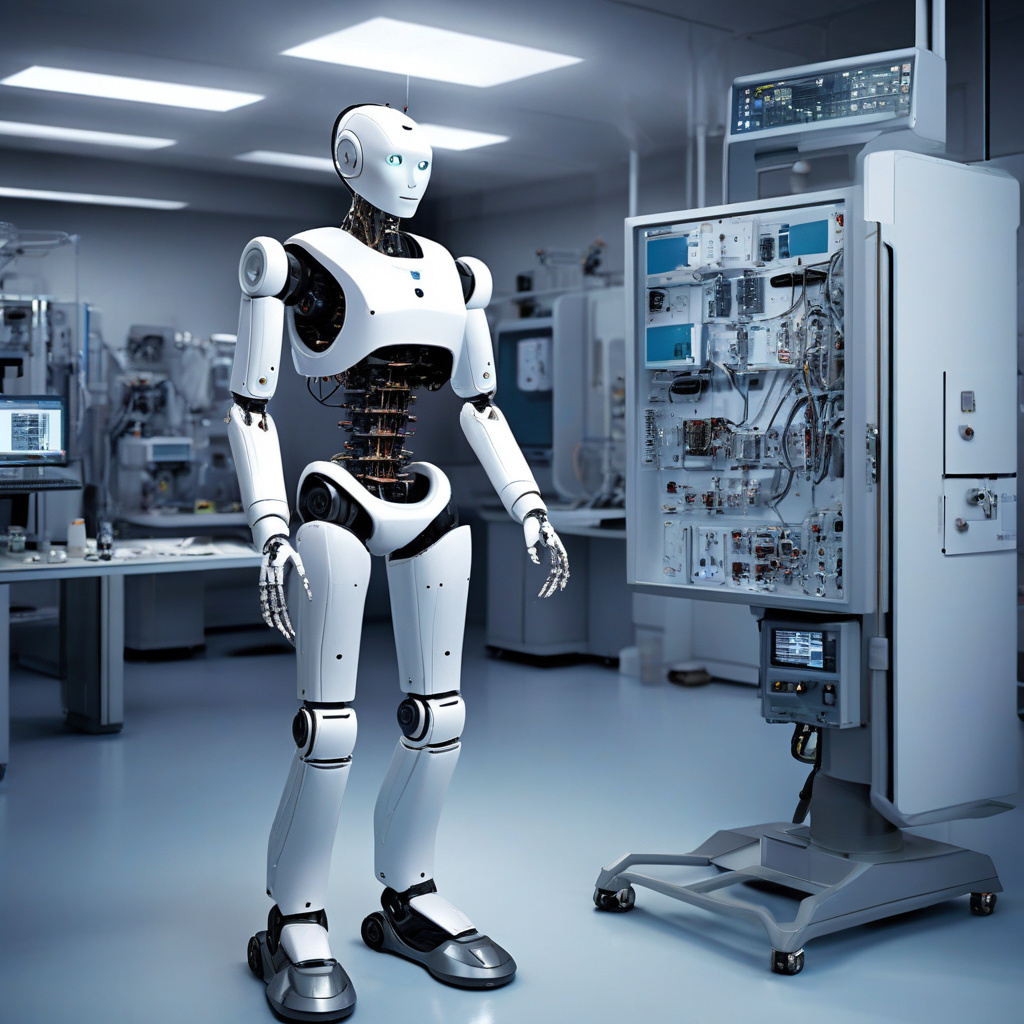Body, not brain: How design flaws stop humanoid robots from leaving the lab
We’ve been watching Boston Dynamics’ Atlas pull off backflips since 2017. Today, Figure’s humanoid can navigate rough terrain and execute complex tasks with astonishing precision. The progress in humanoid robotics is undeniable, with companies pushing the boundaries of what was once thought impossible. However, despite these advancements in artificial intelligence and machine learning, there is a significant roadblock that continues to hinder the widespread adoption of humanoid robots: design flaws in their physical bodies.
The obsession with creating robots that mimic human movements and capabilities has led to incredible breakthroughs in technology. From bipedal walking to dexterous hand movements, these robots are becoming more sophisticated by the day. Yet, the focus on perfecting the robot’s cognitive abilities has overshadowed the importance of optimizing their physical design for real-world applications.
One of the primary challenges humanoid robots face is the discrepancy between their physical capabilities and the tasks they are expected to perform. While they can excel in controlled environments like laboratories and research facilities, once they are deployed in unstructured settings, they often struggle to adapt. This disconnect stems from design choices that prioritize human-like appearance over functionality.
For instance, many humanoid robots are top-heavy, making them prone to losing balance and falling over, especially on uneven surfaces. Their complex internal mechanisms, necessary for replicating human movements, often result in limited mobility and agility. These design flaws not only impede the robot’s performance but also pose safety risks in dynamic environments.
Moreover, the materials used in building humanoid robots play a crucial role in their overall efficiency. Rigid components can limit flexibility and impact the robot’s ability to interact with objects in its surroundings. On the other hand, soft and compliant materials can enhance safety and enable more natural interactions but may compromise the robot’s strength and durability.
To overcome these challenges, roboticists are exploring innovative design solutions that prioritize functionality and practicality. By incorporating lightweight materials, modular components, and advanced sensors, they aim to create robots that can seamlessly transition from controlled settings to the unpredictable real world.
Furthermore, the integration of adaptive control algorithms allows humanoid robots to continuously adjust their movements based on real-time feedback, improving their stability and performance. These advancements pave the way for robots that can assist in various industries, from healthcare and manufacturing to disaster response and space exploration.
In conclusion, while the advancements in artificial intelligence have propelled humanoid robots to new heights, addressing design flaws in their physical bodies is essential for their successful integration into society. By shifting the focus from aesthetics to functionality and ergonomics, we can unlock the full potential of humanoid robots and usher in a new era of human-robot collaboration.
#HumanoidRobots, #RoboticsInnovation, #DesignFlaws, #ArtificialIntelligence, #FutureTechnology












